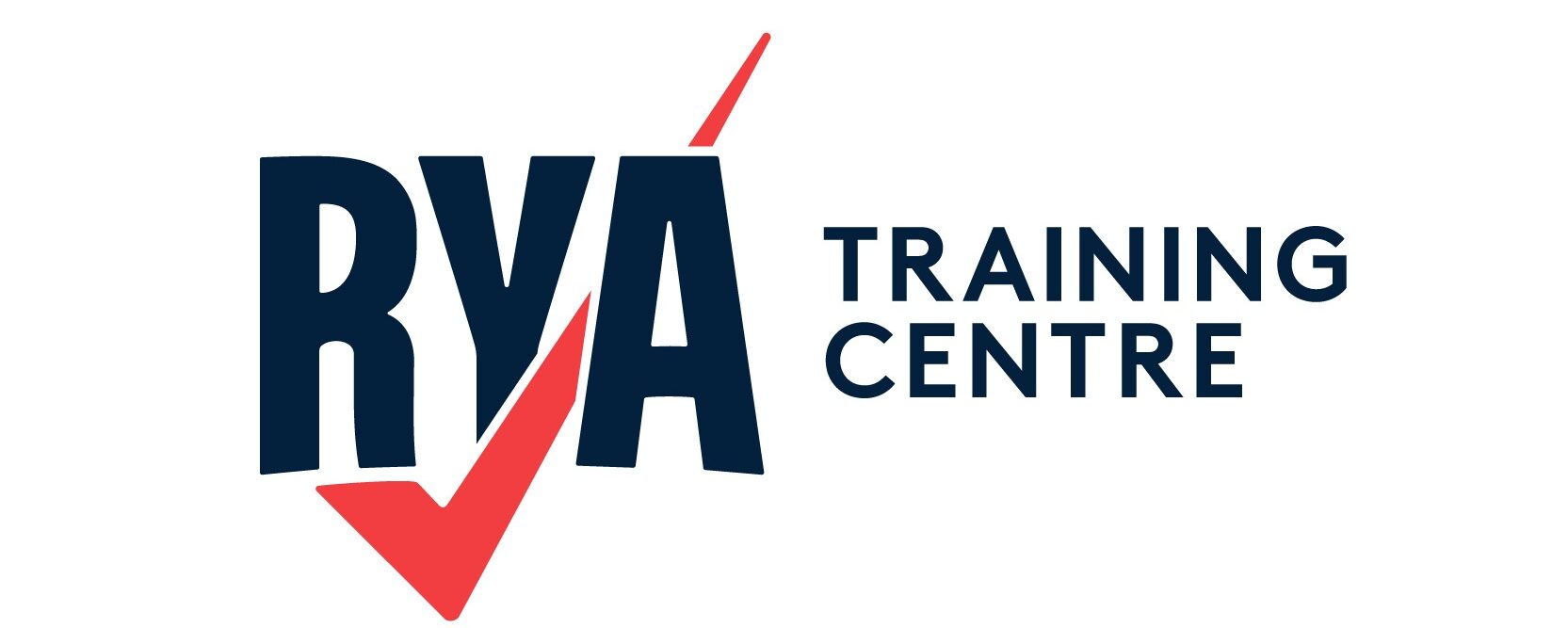If you are going on a sailing vacation at home or abroad, there is important legislation regarding the waste water you produce and how to dispose of it correctly. We will discuss holding tanks and alternative methods of disposal.
There are three main terms used to describe the different types of waste water produced on a boat:
- Bilge water collects in the bilges and may be contaminated with engine oil.
- Grey water describes the waste water that comes from showers, sinks and washing machines.
- Black water is solid or liquid waste from the toilet (head) which may contain bacteria and other contaminations.
International Regulations
If your private pleasure vessel is under 400GT and does not carry more than 15 passengers, then there is no international regulation to fit holding tanks according to MARPOL. Annex IV relates to the prevention of pollution from sewage by ships and was introduced in 2003.
The International Convention for the Prevention of Pollution from Ships (MARPOL) is the main international convention covering prevention of pollution of the marine environment by ships from operational or accidental causes – imo.org
Even though no international regulations exist at present, it is good practice to pump out on shore or to discharge black water over 3 miles from shore. If you do not have holding tanks avoiding toilet (head) use in poor tidal areas, such as marinas, is advised.
Coastal State Legislation
Although there may be no international regulations covering private pleasure vessels, each country will have its own legislation concerning sewage disposal in their territorial waters. The Coastal State may require you to fit and use holding tanks. Check before you arrive, as fines may be imposed on the spot.
Some Coastal States may not require visiting vessels to fit holding tanks, but you should not discharge black (and possibly grey) water directly into the sea. Some countries require you to be a minimum distance from shore to do this.
Inland Waterway Legislation
A visiting vessel sailing along inland waterways needs to comply with the legislation of that country. Regulations about holding tanks may be strict and the majority of European countries do not allow direct sewage discharge into their inland waterways.
Alternatives to Holding Tanks
Marine Sanitation Device
A Marine Sanitation Device (Type 1 for boating) macerates waste into liquid and passes electrical current through the liquid to sanitise it. The Raritan Lectra San Type I Marine Sanitation Device (MSD) is a USCG-approved system: http://raritaneng.com/on-board-waste-treatment-lectrasan-mc/
Composting Head
Composting toilets separate solids from liquids. The solids are composted and the liquids can be separately and safely disposed of. An example is the Airhead Composting Toilet: http://www.sailingnetworks.com/green/product/490
Further Reading
MARPOL Chapter IV: http://www.marpoltraining.com/MMSKOREAN/MARPOL/Annex_IV/index.htm
The GreenBlue UK Pump Out Directory: http://thegreenblue.org.uk/Pump-Out-Directory
Chris Doyle’s “A Holding Tank For Dummies” Article: https://issuu.com/caribbean-compass/docs/compass_online_july11/31
USCG Legislation: http://www.uscg.mil/hq/cg5/cg5213/msd.asp



